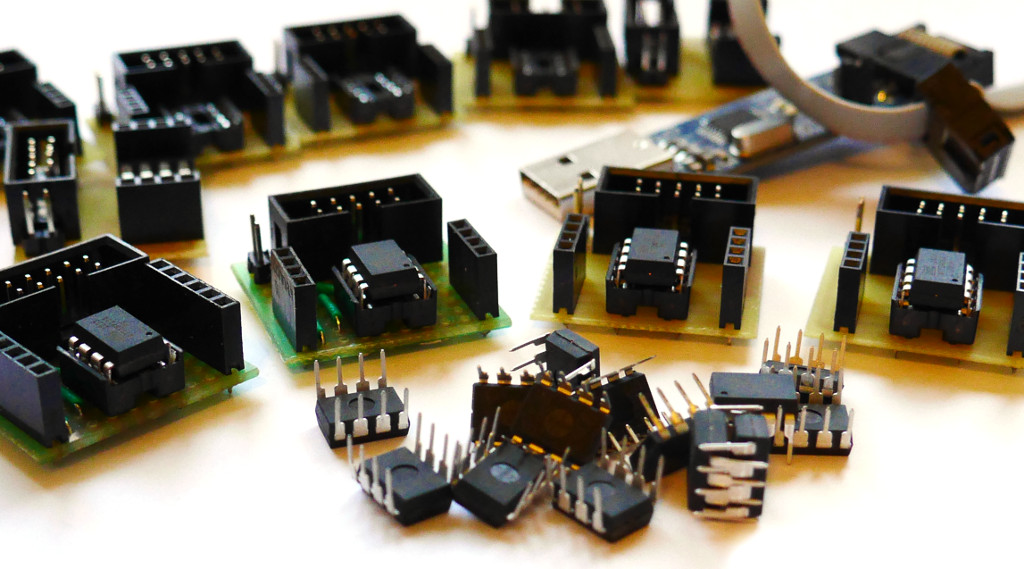ATtiny13 – LED fading with delay function (Software PWM)
This project shows how to simply Fade-In and Fade-Out a LED by using delay function to control pulse width what is sometimes called Software PWM (Pulse Width Modulation). In our circuit a LED is connected to PB0 and it is made to Fade the LED In and Out alternately. The code is on Github, click … Read more



